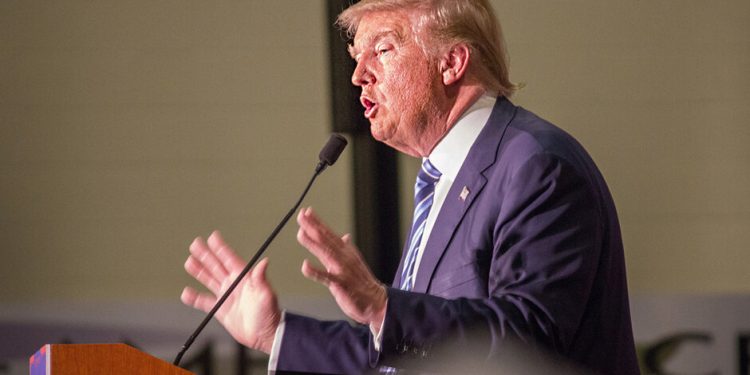I want to state this as explicitly as possible — I did not vote for either major party candidate. The evaluation of the election should be filled with statistics and analytics, not personal opinion, and I aim to put that forward.
However, this article will involve questions about the Electoral College and the media’s polling during this election cycle. I aim to answer the question: “was Trump an exceptional candidate, or was Hilary a mediocre candidate?”
Statistically, all of my comparisons will include President Obama’s performance from his 2008 election juxtaposed with the 2016 election. The 2008 election and the 2016 election showed many differences in popular and electoral votes.
President Obama defeated John McCain by a score of 365 – 173 in the electoral votes, clearing just under 10 million more votes in the popular vote. In the 2016 election, the prospective Electoral College vote is 306 – 232 in President-elect Trump’s favor. Swing states were won by Trump and lost by Clinton in historic fashion, most notably in Pennsylvania and Florida, as both states have 28 and 20 electoral votes respectively. Many margins were extremely close which begs the question: “would Trump have defeated President Obama in 2008?”
The simple answer to that, assuming all votes were to be the same, is no. Trump would have lost in both the popular vote and the Electoral College vote. Since 2000, all states have voted either red or blue for all elections with exceptions in 13 states and districts in Nebraska and Maine. These electoral votes total to 164 electoral votes “up for grabs” and assert Democrats start out with 195 votes and Republicans come in slightly at a disadvantage with 179 votes.
Looking at the polls from 2008 and polls from the 2016 election, President-elect Trump would have won Indiana, Ohio, North Carolina and Florida. Additionally, President Obama would have won Iowa, Michigan, Wisconsin, Pennsylvania, Virginia, New Hampshire, Nevada, Colorado and New Mexico.
These states would have earned President Obama 90 electoral “swing” votes and President-elect Trump 74 votes, with a final score of 285 – 253 in President Obama’s favor.
These votes assume that Obama picks up a district in Nebraska, as he did in 2008, and Trump picks up a district in Maine. This analysis shows that the results of the 2016 election were less of Trump’s ability to gain a surplus of new voters, as Republican voting only rose 4.31 percent compared to Democrat voting dropping 6.29 percent.
It seems as if Clinton was a worse candidate than Trump was a good one.
Popular question surrounding the post-election buzz is “can the Electoral College just vote Hillary into office?” Technically it can, but it is rare that a single elector would change, and more rare that a presidential majority shift of 41 electors would occur. When a party wins a state, the party chooses all of the electors, with exception to Maine and Nebraska. While the electors can all change votes, although some states have fines for doing so, the electors chosen to vote are all more politically left or right than any person you or I probably have met.
The chance of them voting to the other major party whose views are polar opposites from them is infinitesimal at best.
Voters issue with the Electoral College because they claim it is not fair. The official government we use is a republic, not a strict democracy. The difference between the two is that in a democracy, the majority has the ability to completely neglect the minority. This would have horrible effects to the country and many advancements to better the country would not have been instituted if the minority was neglected like it can be in a democracy.
For this reason, the governmental implementation of a republic is beneficial to 100 percent of the citizens, not 51 percent. If democracy was the official government of the US, things like the two thirds requirement for proposal of a new amendment and 75 percent ratification requirement would also be seen as a direct opponent to democracy. For these reasons, voters cannot ask for their government to have it both ways, and it is seen that the idea of a republic looks out for everyone.
The media was arguably the most influential in this election compared to all others in our country’s history.
The effects of both the Trump tapes and coverage to the re-opening of the Clinton files proved to have immense effects on the elections as seen in the polls. It is also important to note that the polls were very different than the outcomes because of the characterization of Trump supporters throughout the election cycle.
James McNamara, FCRH ’20, is undecided in his major from Garden City, New York.





